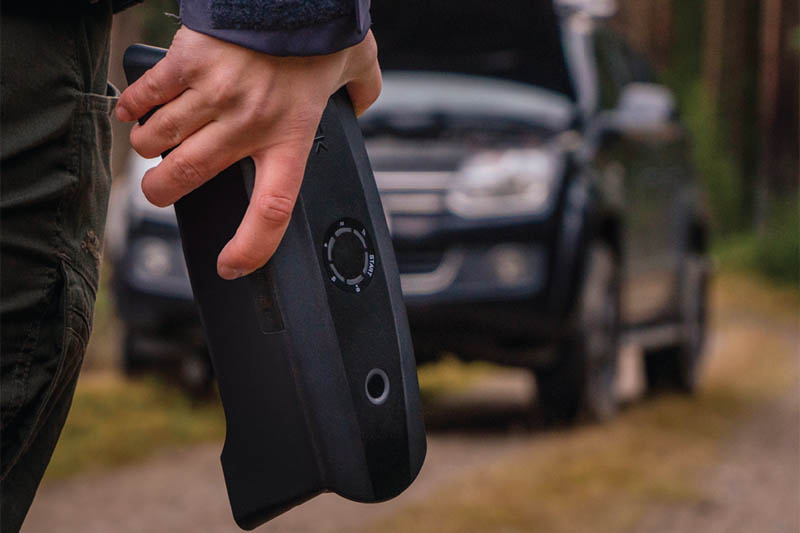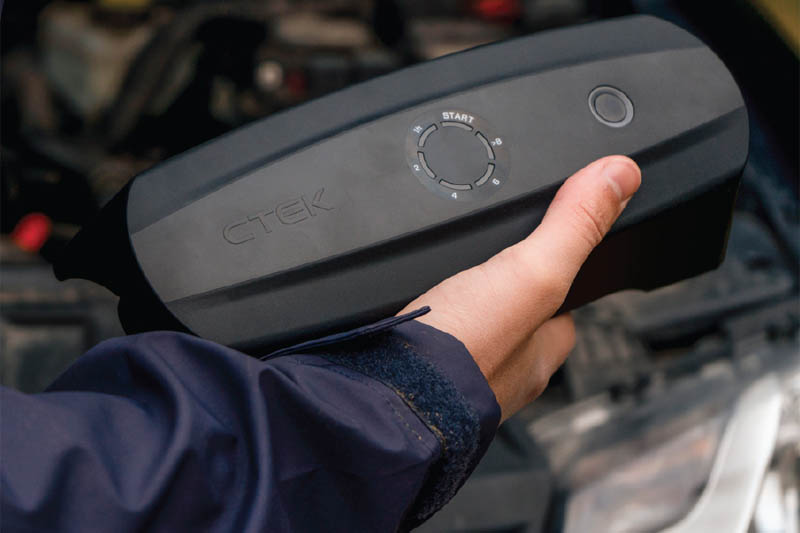
Vehicle charging specialist, CTEK, shares what advice motor factors can offer their non-trade customers when seeking help on batteries. They can help them gain a better understanding of a car battery, which, when combined with the regular use of a reliable battery charger, can ensure they enjoy a care-free journey.
1- Understand how the cold affects a car battery. Drivers need to be aware that it can take as much as two-and-a-half times more power to start a cold engine. Also, a battery can lose as much as 35% in performance when temperatures hit freezing, and up to 50% if temperatures sink below that.
2- Look out for signs of a weak battery. If the battery isn’t sufficiently charged, the car will gradually turn off ‘non-essential’ functions to focus the remaining charge on keeping the engine turning, and drivers of cars with a start-stop function may find it failing to kick in. Drivers should look out for any signs of change, like the way the car starts, or the operation of the electrical system in general.
3- Check and charge. Ideally, drivers should check their batteries and use a battery charger to top it up before any cold weather takes hold. A smart battery charger, like the CTEK CS ONE, uses patented APTOTM ‘adaptive charging’ to check what type of battery the customer has – lead acid or lithium – and then establish how much charge is needed to safely top it up. The CS ONE is designed to be as simple as possible for the customer to use; just plug the charger in, pop the two black clamps on either terminal, and the charger will do the rest. For the last 20% of charge, the CS ONE gradually reduces the rate of charge, so there’s no danger of overload. It will then let the customer know when it’s finished, and when the battery has enough charge to start the car safely.

4- Are you getting enough? If drivers are nipping out on lots of short journeys, the alternator won’t have the time or capability to replace the 150-350A of battery power it takes just to start the car, causing gradual drain on the battery. Also, driving around will only ever charge the battery to 80% capacity so, to top it up to 100%, drivers will always need a battery charger.
On-board computers, heated seats, heated steering wheels, tracking devices, keyless entry and other technology also draw a lot of power from the battery, even when the vehicle is stationary, and an inactive car battery will lose 0.1V of energy every month. Even a small drop in charge can compromise the battery health – causing sulphate crystals to build up, degrade the battery and reduce capacity – so it’s important to check the battery regularly and keep it fully charged.
5- Get into a regular maintenance regime. Charging a car battery at least once a month prolongs its life by up to three times, so investing in a charger like the CS ONE, with built-in functionality for both maintenance and troubleshooting, is a smart choice. It uses adaptive charging to measure the battery’s health, then delivers the right level of power to get it working at optimum capacity, with a built-in temperature sensor that automatically adjusts the output voltage for cold conditions.
6- Don’t get caught out in the cold. For added peace of mind, CTEK’s CS FREE is a portable battery charger, which uses ‘adaptive boost technology’ to gently and safely give a flat battery enough charge to get going in around 15 minutes. The CS FREE even has USB-A and USB-B ports to charge mobile devices, PC, tablet and other devices.







